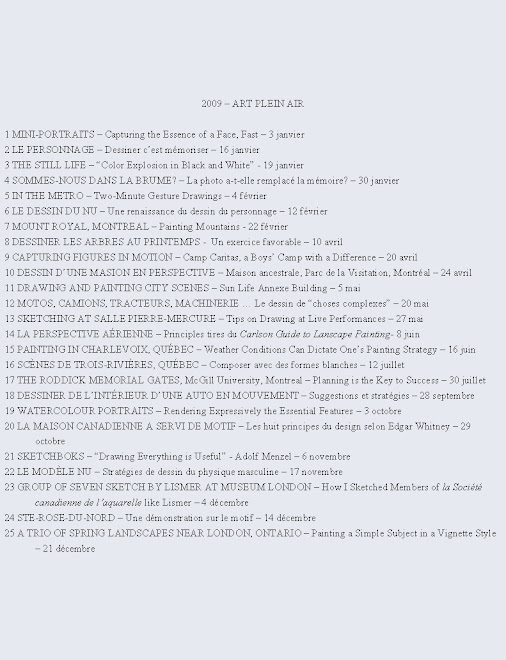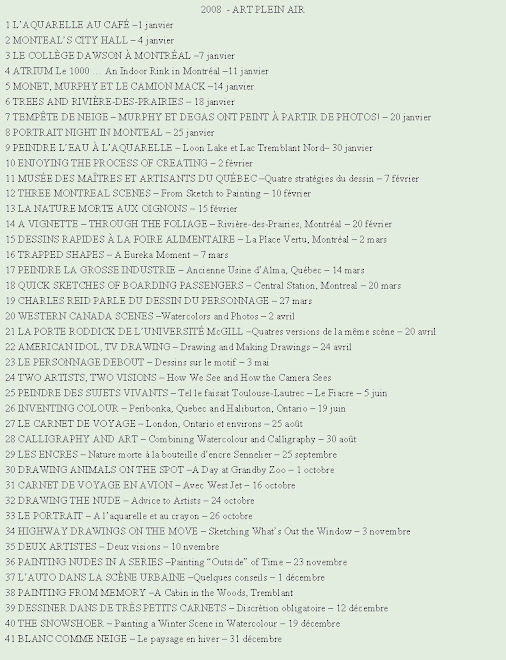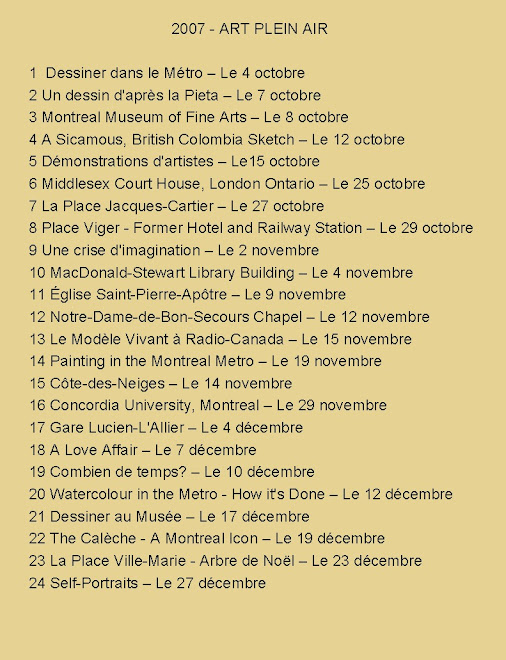 Important portraits unlikely to be ever painted again
Important portraits unlikely to be ever painted again“It seems to me unlikely that any important portraits will ever be painted again. Photography took over this role (of recording and presenting the likeness of a person) from painting … The function of portrait painting was to underwrite and idealize a chosen social role of the sitter. It was not to present him as an ‘individual’ but, rather, as an individual monarch, bishop, landowner, merchant and so on.” – John Berger*
The portrait and photography
What is remarkable is that Berger wrote this essay in 1967 before the advent of digitized photos. What would he say about the painted portrait and photography today when recording a likeness of an ‘individual’ has fast become a daily occurrence accessible to all with camera or even a phone?
Nevertheless, the artist still seems interested in some form of portrait painting and drawing. A quick look at the 2008 index of the artist magazine records no less than eighteen entries under the category Portraits.
My feeling is that portrait painting and drawing is not dead. Today’s artist paints or draws portraits for very different reasons than did the artist before the advent of photography.

Using the camera as a tool for creative portraiture
Moreover, rather than hinder the opportunities of rendering a likeness, the camera has multiplied the ways an artist can use still photograph or movie to serve and suit his painting style.
However, painting or drawing a face the traditional way from a posed figure is inconvenient for most in our fast-paced 21st century society. Few have the time to pose for any length of time. Therefore, I have found a different way to do portraits other than drawing a volunteer or paid candidate. (Visit my entry dated January 25, 2008 – Portrait Night in Montreal)

Mini-portraits on the go
The twenty-four mini portraits illustrated here were sketched while riding the subway. ** They are a sample from a larger number of attempts. The challenge I give myself when drawing these is to capture a particular appearance. Contrary to the classic pose where the sitter knows and accepts that he or she is being drawn, the subjects here are unaware of their role. I am in fact recording a slice of life. If they move or leave I invent or start another.

How I proceed
Once I have located my subject, I study very briefly the gesture, pose or look before putting down a mark. To be discrete, it is imperative not to stare but rather to glance and memorize. My first strokes are to record the placement of the eyes, nose, mouth and chin – in that particular order. After a cursory look from these marks I render a feature or two – cheekbone, neckline or hairline – that is particular to that person. Finally, I clothe the sitter. For a profile or three-quarter pose I pay close attention to the indentation of the bridge of the nose and the correct slant and length of the nose.
Foremost in my mind while penciling the face is to concentrate on the shape of the individual features. Another priority is modeling the form from light to dark. I search for the lit surface of the face or I imagine the direction of the light.

What will I do with these quick drawings?
Even if few or any of these serve as a springboard for more elaborate work, I have attained my goal : pure enjoyment in the act of drawing for its own sake, not to mention the opportunity to practice.
* Selected Essays by John Berger: The Changing View of Man in the Portrait. (Berger is a poet, storyteller, playwright and essayist who has yielded some of the most original and compelling examinations of art and life of the past half century (20th century).
** Visit : Dessiner dans de très petits carnets -12 décembre 2008
Raynald Murphy sca










Aucun commentaire:
Enregistrer un commentaire